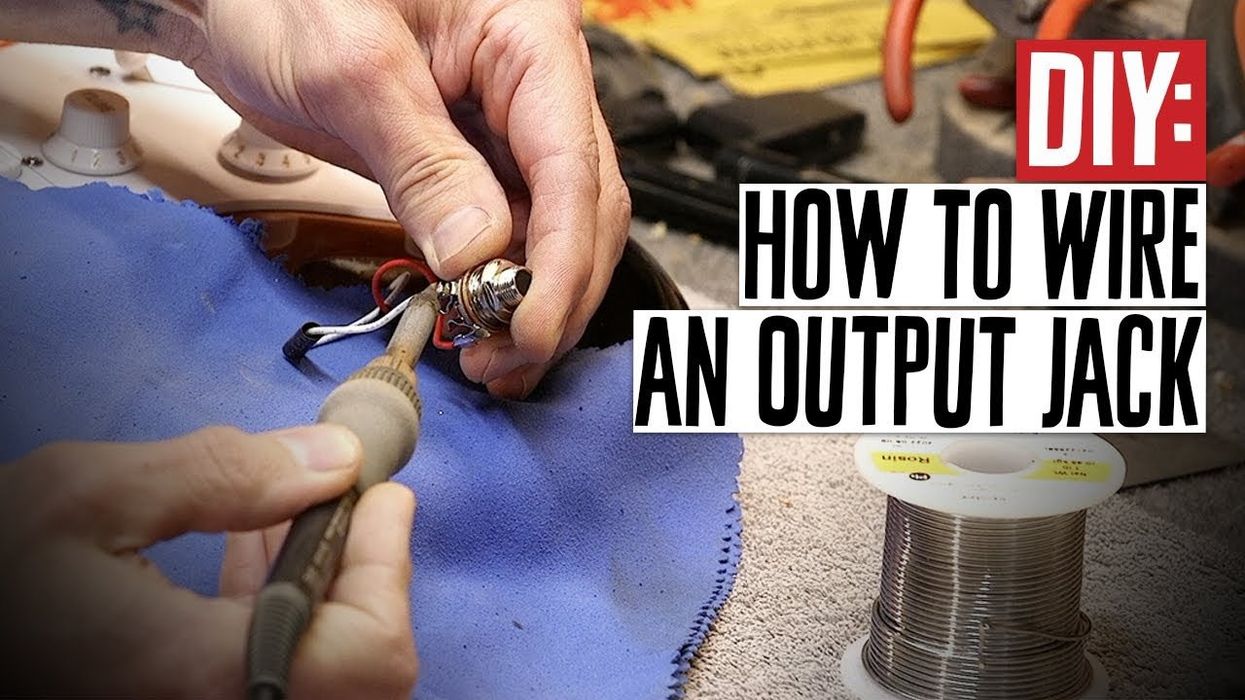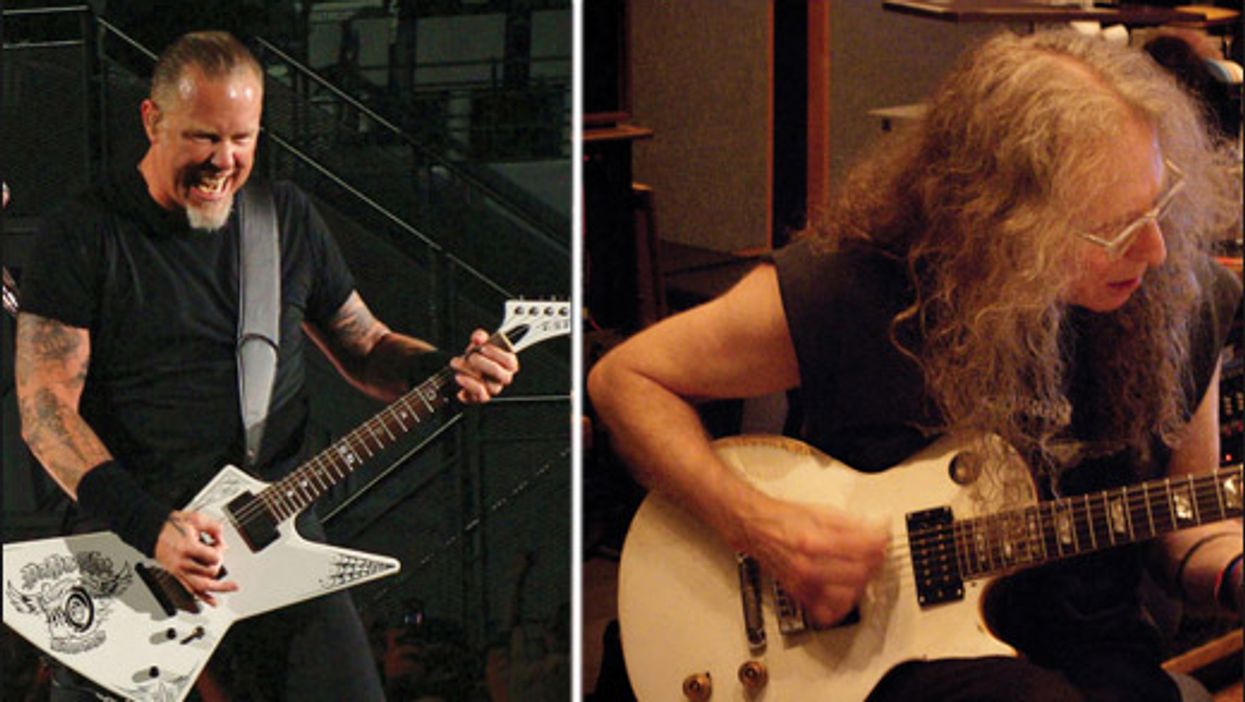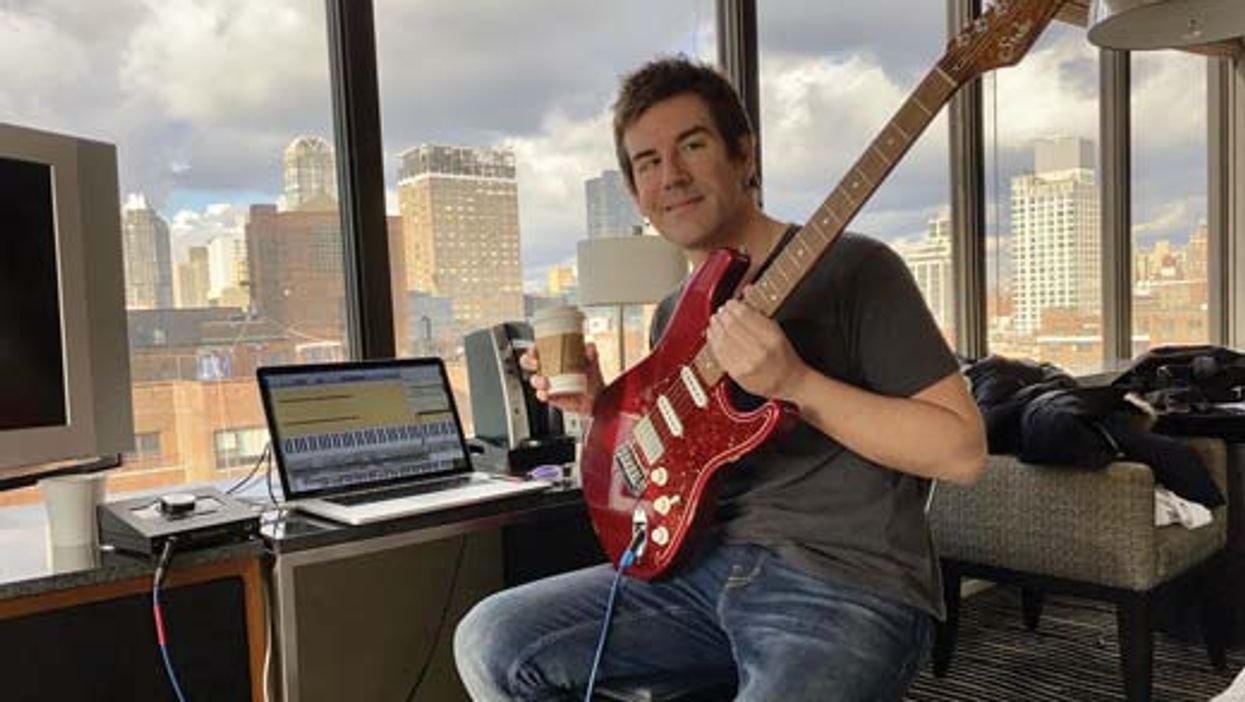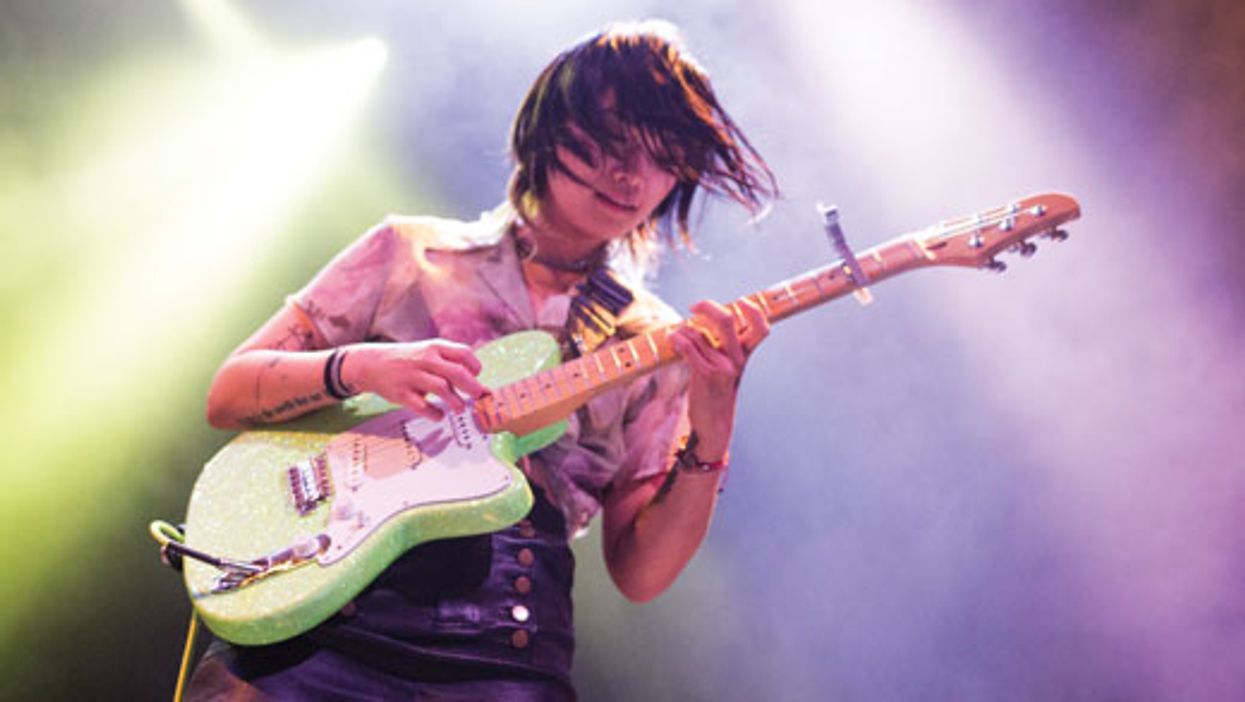The Wampler Bravado and Suhr Bella are two good examples of modern tube amps designed specifically to provide
a clean-tone canvas for friendly play with pedals.
I receive a lot of questions via email, and a great many of those questions pertain to effects pedals and tube amps. There are a few in particular I seem to get asked over and over, so in this installment of “Tone Tips," I'll address three of the more common queries regarding pedals and amps.
What tube amp would you recommend with a great, clean tone for taking pedals extremely well?
—Brandon Jesse
When folks ask this question, they are generally referring to how amps react when paired with overdrive, fuzz, and distortion pedals. Keep in mind that when you hit an amp with drive and gain, those tonal qualities are going to get amplified (literally) by the following circuit. So you want to find an amp that has a fairly balanced or neutral clean tone—not too scooped and not too bright or boomy. A major factor in how an amp “takes pedals" can be whether or not it has a bright switch or a bright cap on the volume pot. This is important because a bright circuit can impact the aforementioned tonal balance and sometimes create a preponderance of highs. Hit that with distortion and it can sound like a swarm of bees. Not pleasant!
The bigger Fender blackface-era amps like the Twin Reverb and Super Reverb featured a selectable bright switch, whereas smaller amps like the Deluxe Reverb and Princeton Reverb had a capacitor soldered across the lugs of the volume pot—essentially a hardwired, “always on" bright circuit. The purpose of this circuit was to perform as a fixed band-pass filter at the first preamp stage. Treble is allowed through the circuit while all other frequencies are attenuated by the pot the more it is reduced. At higher volumes, the bright cap has less of an effect as more frequencies are let through—creating more of a balance. For obvious reasons, amps with a selectable bright switch are more versatile and useable with a wider range of pedals. A competent tech, however, can easily mod amps with hardwired bright caps, either by changing the value of the cap itself or by replacing the volume pot with a push-pull pot.
There are some great modern options from companies offering amps designed as “pedal platforms." Amps like the Wampler Bravado and Suhr Bella, for example, both feature multi-position bright switches so you can really fine-tune the top end to mate perfectly with your pedals.
I play single-channel amps with no reverb, plug straight in, and turn it all the way up. Some rooms have a natural reverberation and my tone sounds great, but in other rooms it can sound terribly dry, in which case I'd like to add a reverb effect. Is there any way to get a reverb effect into a cranked tube amp without it sounding terrible?
—Yannie Reynecke
It's really next to impossible to get a reverb effect to work well when running into a cranked amplifier. This is because the amp will clip and compress the more you crank it, and that distortion and compression will cause the reverb to sound out of control. Guitarist Scott Henderson uses a simple solution that you may want to consider, and it starts with running a line-out box between his amp head and cabinet to take a tap off the amp signal. The core tone is retained and the output of the line-out box can be fed to a reverb unit, or to other effects such as delay, chorus, etc.
Scott then takes the output of his effects unit (a Boss SE-70), runs it into the input of a small Fender combo, and sets the level of the combo to blend in some reverb and echo from the SE-70. (Scott runs the effects mix at 100 percent wet, so the only thing going to the combo amp is effects.) And because he's running straight into the input of the combo, he can also EQ the effects to his liking using the amp's bass and treble controls. It's a simple, elegant, and portable wet/dry-style setup. Scott also feels that by separating the wet effects from the dry guitar signal, his guitar feeds back and responds to his main speaker cab in a more desirable manner.
I'm wondering if you can recommend a good overdrive pedal. I play a humbucker-loaded guitar through a dirty JCM800, and I'm looking for '80s-metal lead-guitar tones. So I need a pedal that adds a bit of gain, saturation, and a mid boost to really cut through.
—Roy Buis
Since you are boosting and adding drive to an already dirty amp, it's imperative to use a drive that lops off some low frequencies for '80s hard-rock tones. This will keep things tonally tight and chunky for muted eighth-note rhythms and fast leads. You don't want mud and sludge. You want cut and sustain! Pedals such as the Boss SD-1 and Ibanez Tube Screamer will do this very well. They also add mids, which make the guitar scream. For doom or stoner rock, however, I'd go the exact opposite direction by using a big, gnarly, wooly sounding fuzz in front of a crunchy amp.
Remember: The road to killer tone is an endless highway, but it's all about the journey, not the destination, right? See y'all next month!


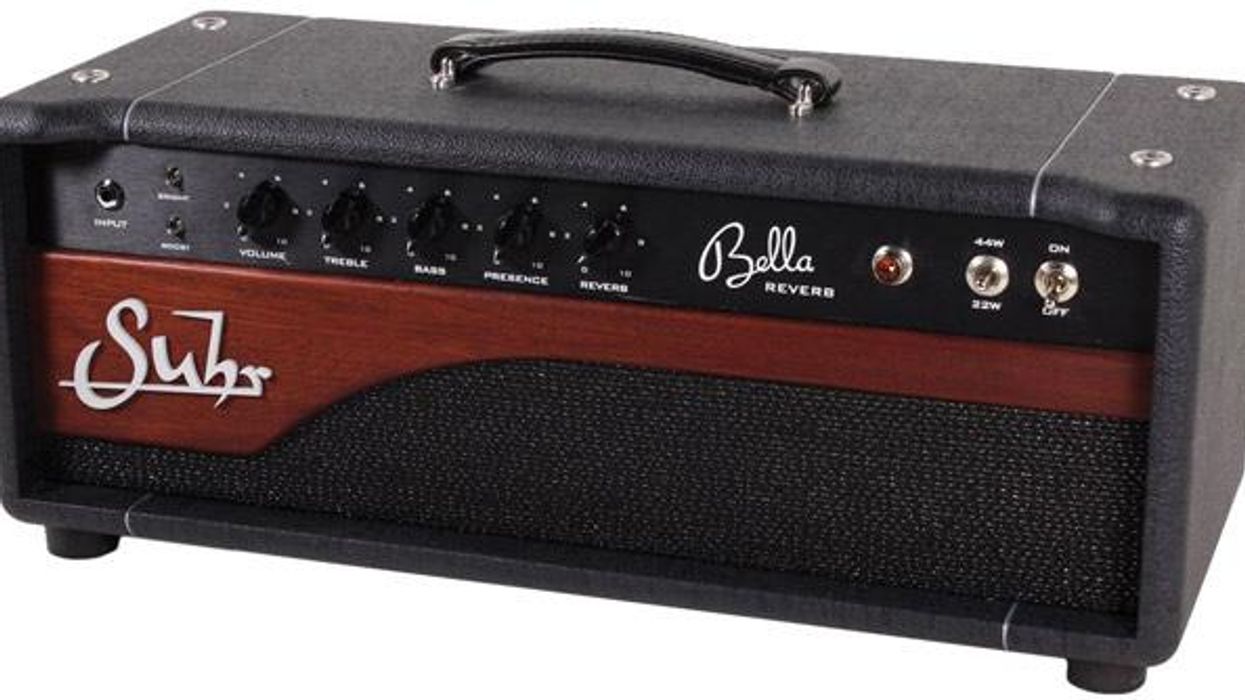

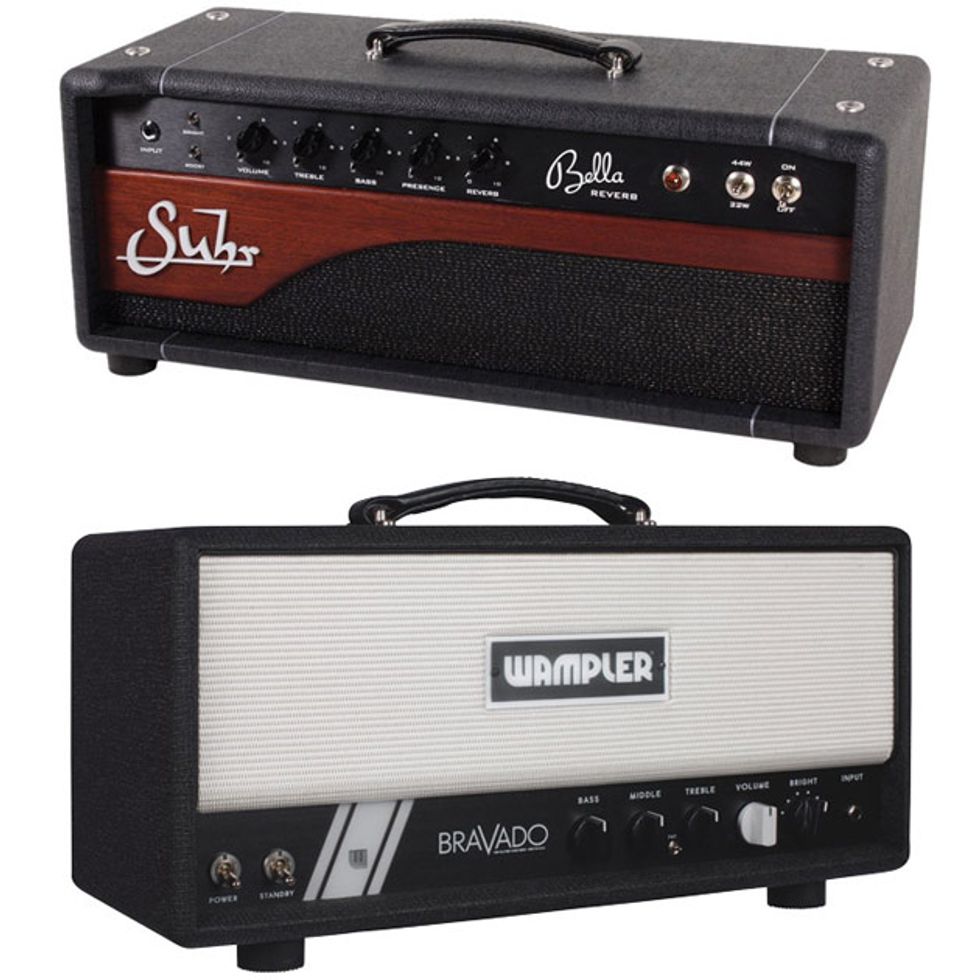
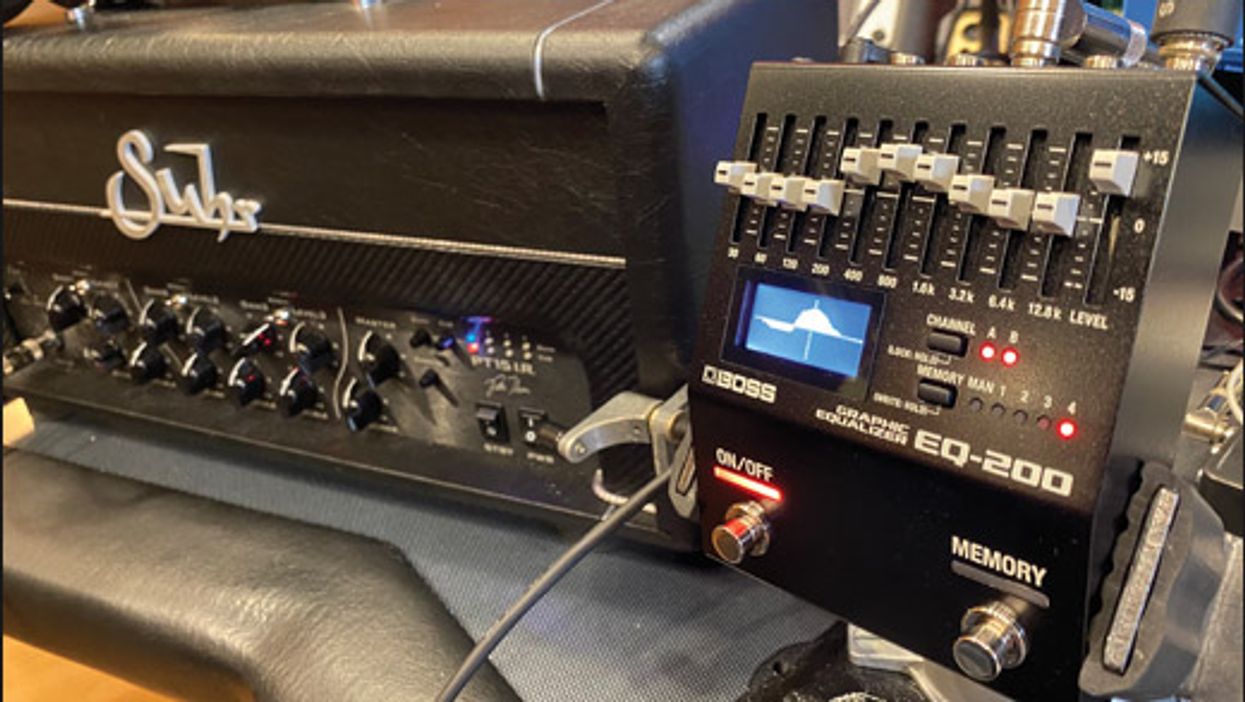
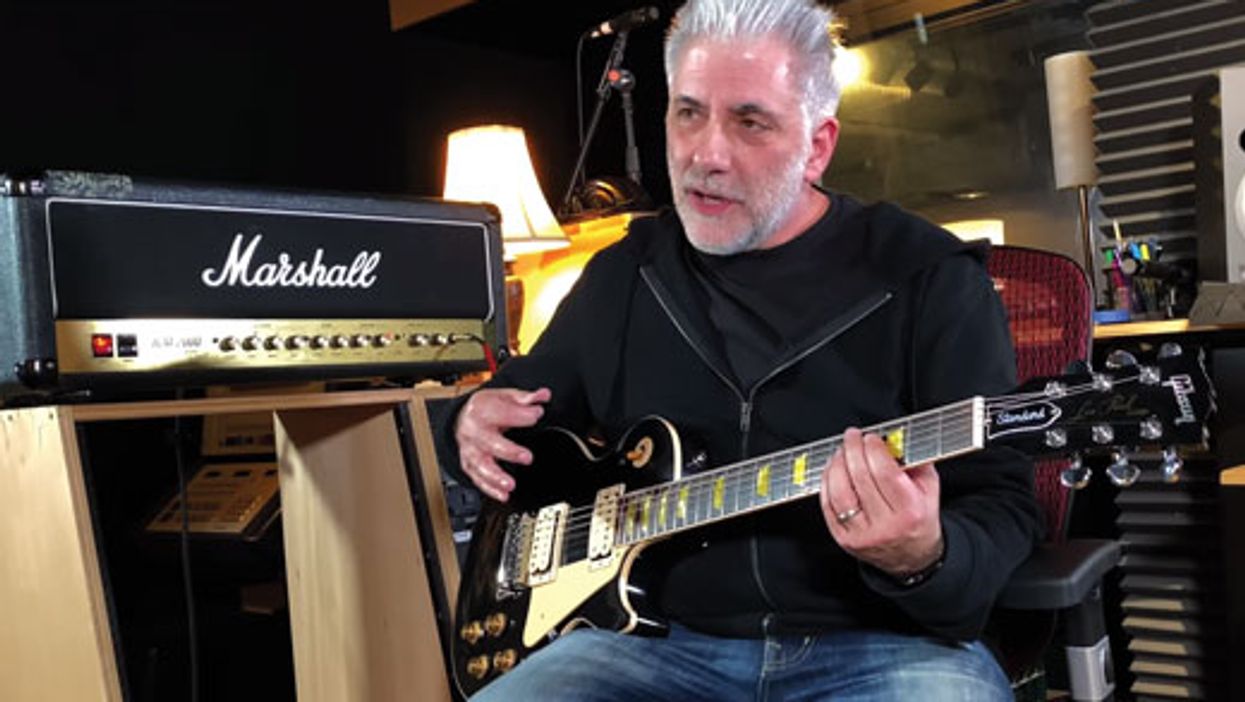
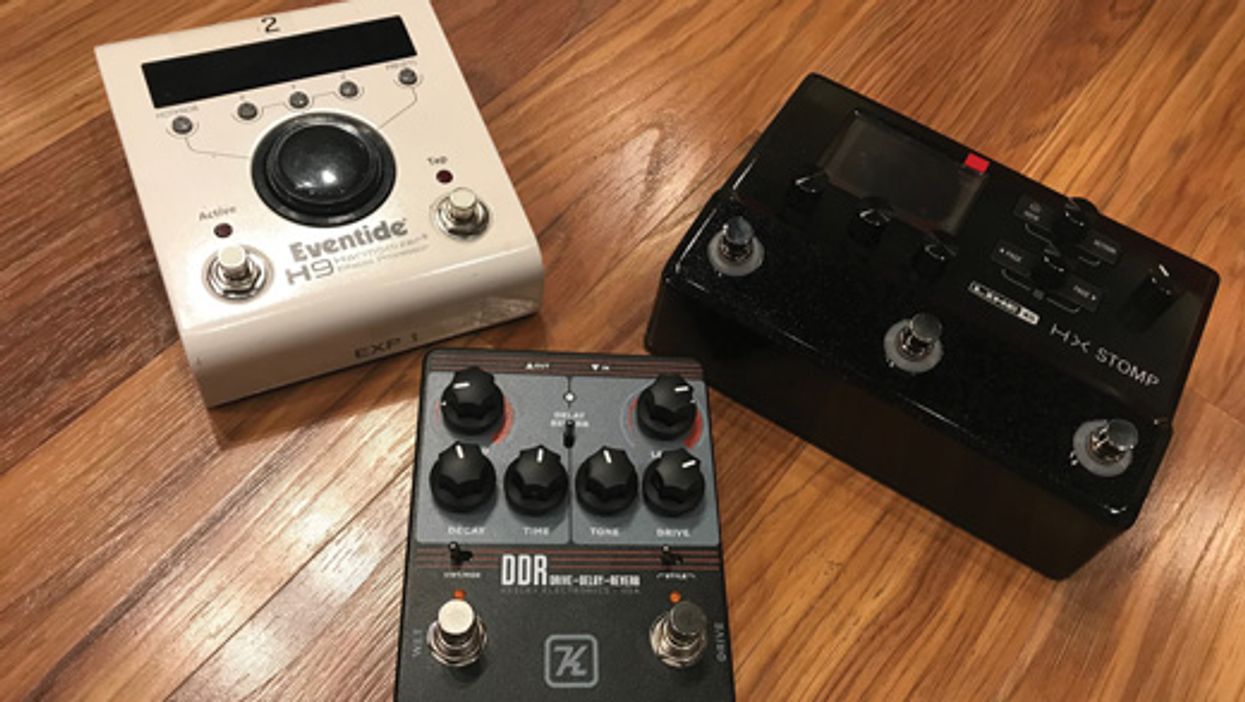
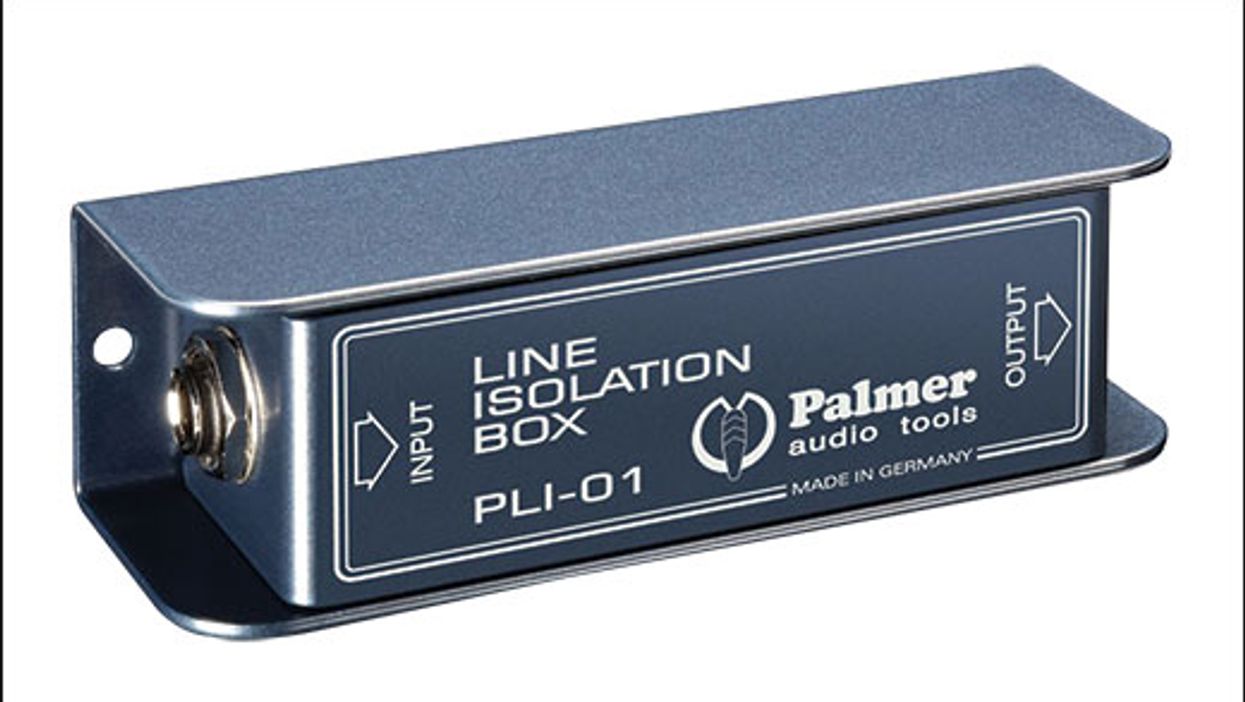
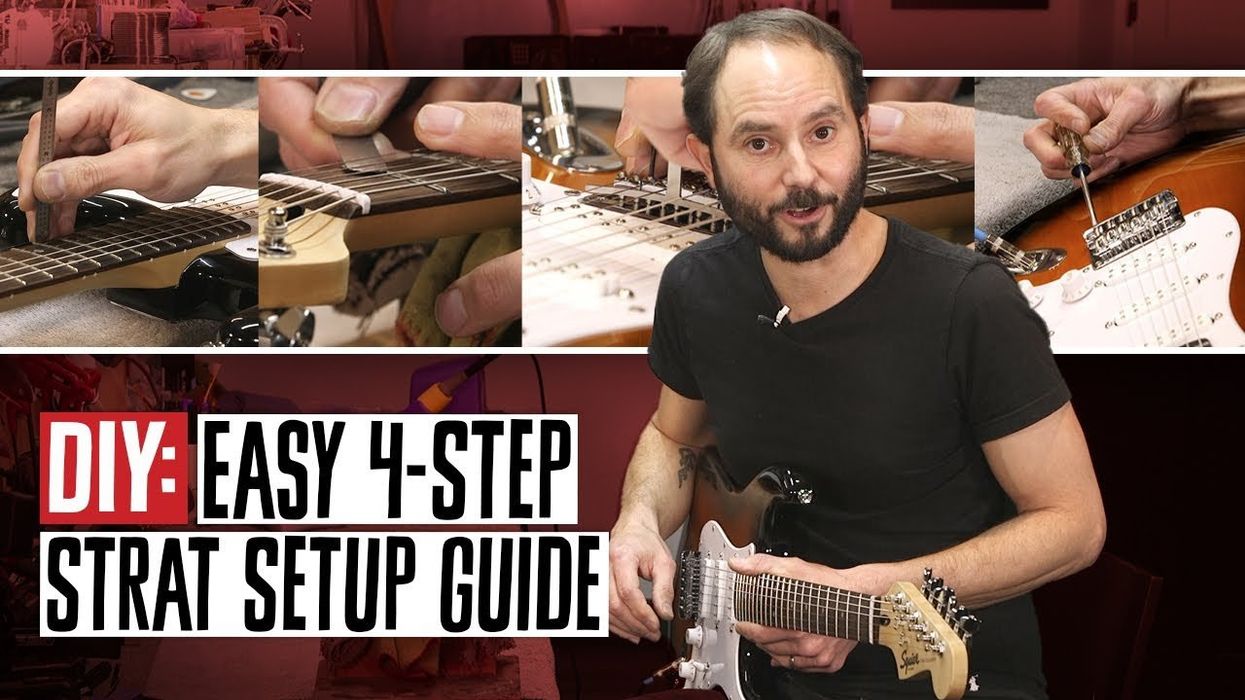



![Rig Rundown: Russian Circles’ Mike Sullivan [2025]](https://www.premierguitar.com/media-library/youtube.jpg?id=62303631&width=1245&height=700&quality=70&coordinates=0%2C0%2C0%2C0)


